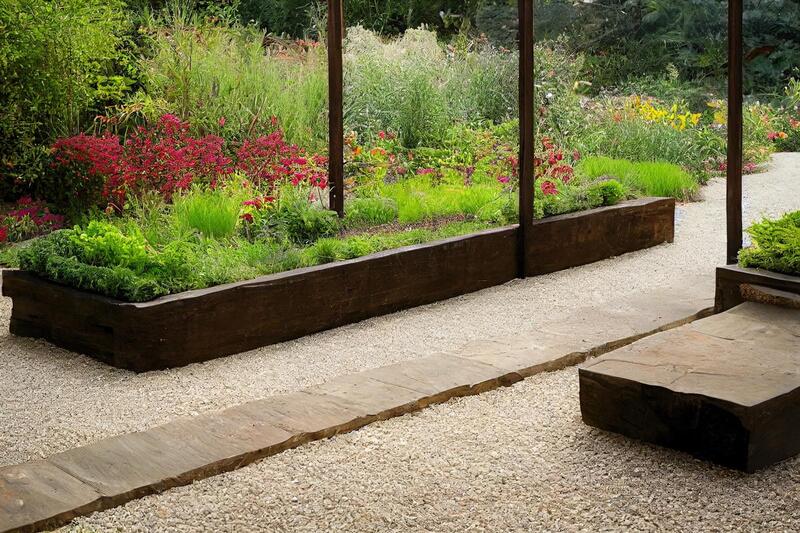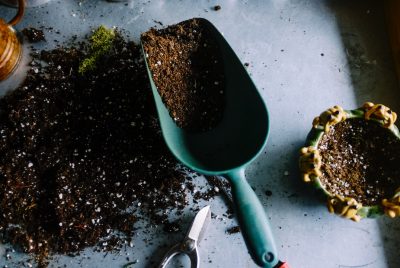How To Start Landscape Gardening: Creating a Stunning Outdoor Haven
As an avid gardening enthusiast, I believe that landscape gardening is a wonderful way to transform your outdoor space into a captivating oasis. In this article, I will guide you through the process of starting your own landscape gardening journey. Whether you have a sprawling backyard or a compact balcony, I will provide you with practical tips and suggestions to create a stunning landscape that reflects your unique style and enhances the beauty of your surroundings.
I. Understanding Landscape Gardening
A. What is Landscape Gardening?
Landscape gardening goes beyond traditional gardening practices and focuses on the art of designing and arranging outdoor spaces to create a harmonious and visually appealing environment. It involves the strategic placement of plants, hardscape elements, and other features to transform your landscape into a functional and captivating area.
B. Benefits of Landscape Gardening
Landscape gardening offers numerous benefits, both aesthetically and practically. It enhances the overall appearance of your property, increases its value, and provides a peaceful retreat where you can connect with nature. Additionally, a well-designed landscape can improve air quality, conserve water, and create habitats for wildlife.
II. Assessing Your Landscape
A. Evaluating the Size and Shape of Your Space
Before diving into the planning process, it’s essential to assess the size and shape of your landscape. Consider the available space, boundaries, and any existing features that may impact your design choices.
B. Analyzing Soil and Sunlight Conditions
Understanding your soil type and the amount of sunlight your landscape receives is crucial for selecting appropriate plants. Conduct a soil test and observe the sun patterns to determine which areas receive full sun, partial shade, or full shade.
C. Assessing Existing Features and Elements
Take stock of any existing features or elements in your landscape, such as trees, structures, or natural focal points. These elements can serve as the foundation for your design and guide your placement of plants and hardscape elements.
III. Planning Your Landscape Design
A. Defining Your Goals and Vision
Think about what you want to achieve with your landscape. Do you envision a peaceful retreat, a vibrant garden, or a space for entertaining? Clarify your goals and create a vision that aligns with your personal preferences and lifestyle.
B. Creating a Rough Sketch or Layout
Sketch out a rough layout of your landscape, taking into account the different zones or areas you want to incorporate. Consider pathways, seating areas, focal points, and any functional requirements you may have.
C. Incorporating Functional Areas
Make your landscape design functional by including areas for relaxation, dining, or play. Plan for seating arrangements, outdoor kitchens, or even a fire pit to enhance the usability of your outdoor space.
IV. Selecting Plants and Materials
A. Researching Suitable Plants for Your Climate
Choose plants that thrive in your climate zone. Consider factors such as temperature, rainfall, and soil conditions when selecting a variety of plants to create a diverse and sustainable landscape.
B. Considering Color, Texture, and Height
Create visual interest by selecting plants with varying colors, textures, and heights. Combine foliage plants, flowering perennials, and ornamental grasses to add depth and dimension to your landscape.
C. Choosing Hardscape Materials
Select hardscape materials that complement your design style and blend well with the surrounding environment. From natural stone to pavers, choose materials that are durable, low-maintenance, and visually appealing.
V. Implementing Your Design
A. Preparing the Soil and Clearing the Area
Prepare the soil by removing any weeds, rocks, or debris. Improve the soil quality by adding organic matter such as compost or aged manure. Clear the area to make way for your planned design.
B. Installing Hardscape Elements
Start by installing hardscape elements such as pathways, patios, or retaining walls. Follow proper installation techniques and ensure proper drainage to maintain the integrity of your landscape.
C. Planting and Arranging Plants
Carefully plant your selected plants, considering their space requirements and growth habits. Group plants with similar water and sunlight needs together for efficient maintenance. Consider layering plants of different heights to create a visually appealing landscape.
VI. Maintaining and Caring for Your Landscape
A. Watering and Irrigation
Establish a watering routine based on the water needs of your plants. Monitor soil moisture levels and adjust watering accordingly. Consider installing an irrigation system to ensure proper and efficient watering.
B. Pruning and Trimming
Regularly prune and trim plants to maintain their shape, remove dead or diseased parts, and promote healthy growth. Follow proper pruning techniques to avoid damaging the plants.
C. Dealing with Weeds and Pests
Stay vigilant in controlling weeds by using mulch, hand-weeding, or applying organic weed control methods. Monitor your plants for pests and take appropriate measures to prevent and treat infestations.
VII. Conclusion
In conclusion, starting landscape gardening can be a rewarding and fulfilling journey. By understanding the principles of landscape design, assessing your space, selecting suitable plants and materials, and implementing proper care and maintenance, you can create a stunning outdoor haven that reflects your personality and enhances your lifestyle.
VIII. FAQs
- Can I start landscape gardening on a tight budget?
Absolutely! Landscape gardening can be tailored to fit various budgets. You can start small, prioritize essential elements, and gradually expand your landscape over time.
- How often should I water my plants?
The frequency of watering depends on various factors, including plant type, soil conditions, and climate. It’s best to water deeply and less frequently, allowing the soil to dry out slightly between waterings. Monitor the moisture levels and adjust accordingly.
- What are some low-maintenance plant options for landscape gardening?
There are several low-maintenance plant options available, such as succulents, native plants, and ornamental grasses. These plants require minimal watering, pruning, and fertilization, making them ideal for busy individuals or those new to gardening.
- How can I attract pollinators to my landscape?
To attract pollinators like bees and butterflies, incorporate nectar-rich flowers and plants that provide food and shelter. Avoid using pesticides that can harm pollinators and provide a water source such as a birdbath or shallow dish with pebbles for them to drink from.
Remember, landscape gardening is a creative and personal endeavor. Let your imagination guide you, experiment with different plants and materials, and enjoy the process of transforming your outdoor space into a beautiful and inviting oasis. Happy gardening!





